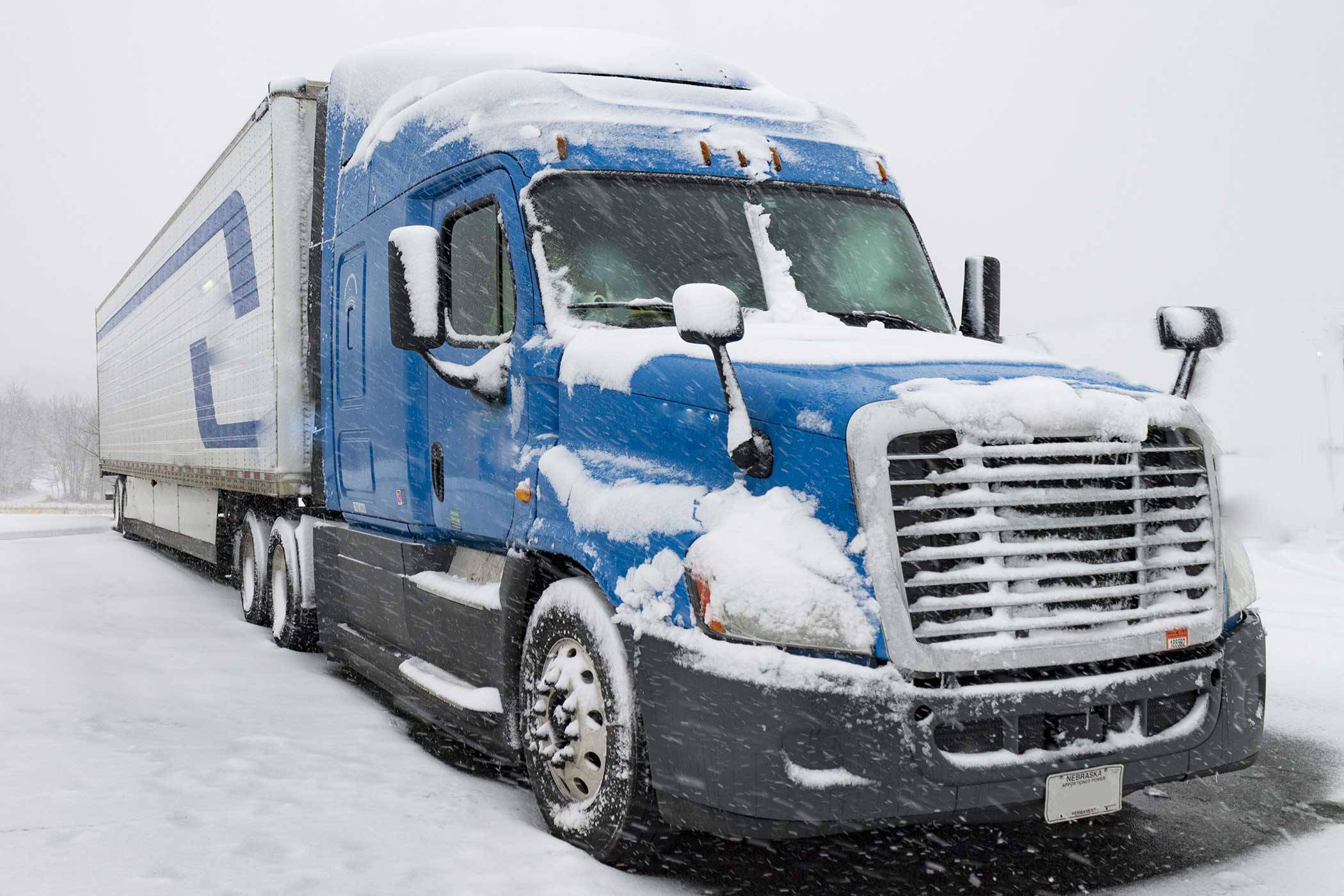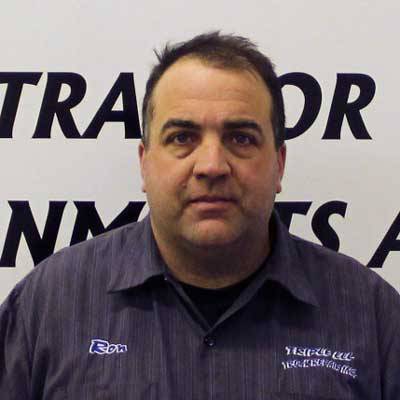We all know winter season can be a real pain. Whether the bad road conditions or the frigid temperatures, there are preventative measures you can take to keep your equipment rolling down the road. We will go through a tractor cold weather check list to help get you prepared for the winter season to come. If you follow these helpful tips it will make your winter go a lot smoother!

Air System
- Service air dryer. We recommend replacing the filter cartridge (desiccant) once a year, preferably in the fall or right before winter starts.
- Check air dryer heater operation. Check for ground and proper voltage at heater element plug. 4-5 amp draw is normal if element is cold.
- When temperature is above freezing, drain all air tanks daily. If drain water is milky you may have a bad air compressor.
COOLANT SYSTEM
- Check all coolant and heater hoses for hardening, softening, wear, or cracks. Check all hose clamps and tighten if needed.
- With engine cold and all the heater valves open pressure test the coolant system at 15 psi to 18 psi. Inspect for any leaks and repair as needed.
- Test antifreeze strength and PH. Antifreeze should be good to -30F degrees. If PH is off you can adjust with additives or coolant filter.
STARTING AIDS
- If equipped with fuel heaters, service per manufacturers recommendations.
- Inspect fuel/water separator. Drain water from filter when temperature is above freezing and or replace filter.
- Inspect condition of the engine block heater. Check condition of the cord and plug. Test the block heater (10 to 15 ohm resistance is normal for 1000 to 1500 watt block heater).
CAB HEATER SYSTEM
- Check heater controls and motor for proper function.
- Clean cab air filter or replace. Look for any obstructions or debris around heater core and clean if needed.
ELECTRICAL SYSTEM AND BATTERIES
- Disconnect all battery cables and load test each battery. Replace if needed.
- Inspect all connections in battery box, starter, and alternator. Make sure all batteries are secured. Clean and tighten any connections if needed. Apply protectant to all connections.
- Inspect condition of alternator belt or belts, idler pulleys, tensioners, and replace if needed. Test alternator for proper voltage.
GENERAL
- Clean and grease all external electrical connections such as: 7-way receptacle, 7-way light cord ends, headlights, tail lights, and marker lights. Use only approved dielectric grease.
- Inspect windshield wipers and washer for proper operation. Replace wiper blades if needed.





